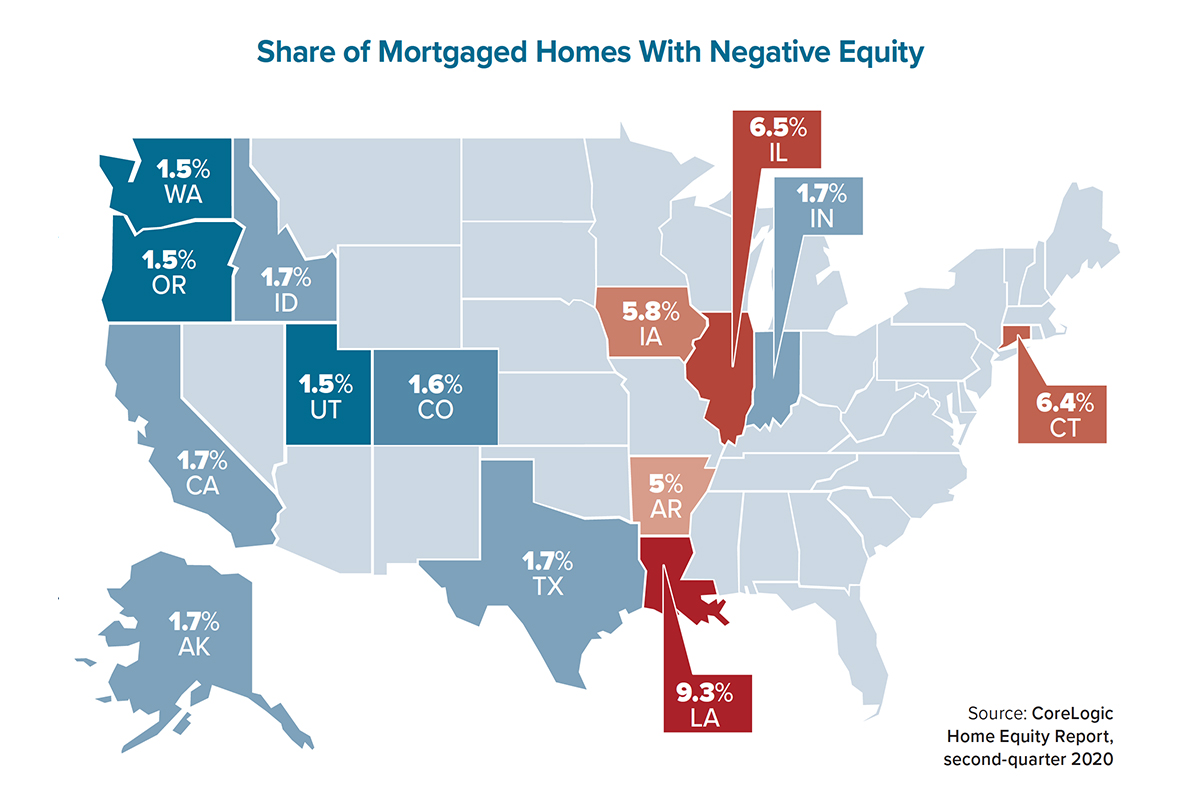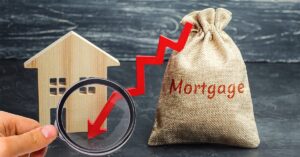This past summer saw the national CoreLogic Home Price Index (HPI) record annual price growth of 4% to 5%, about a percentage point higher than the prior summer. This occurred despite much higher unemployment rates and shelter-in-place restrictions in many local markets. What drove the steeper appreciation this year and what lies ahead in 2021?
Listed home prices reflect the supply and demand conditions in a community, and during the summer of 2020, the COVID-19 pandemic affected both homebuyers and sellers. The sudden, deep recession prompted the Federal Reserve to cut short-term interest rates, and to resume building its portfolio of U.S. Treasury and agency mortgage-backed securities, which prompted mortgage rates to drift to all-time lows.
By July 2020, interest rates on 30-year fixed-rate mortgages were hovering at or below 3%, sparking prospective buyers into action. Millennials and Gen Xers recognized the opportunity provided by record-low rates and became first-time or trade-up buyers.
Concurrently, the pandemic contributed to an acute shortage of for-sale housing inventory. The warnings of health care experts that older Americans were at greater risk if exposed to COVID-19 — coupled with shelter-in-place restrictions — prompted some older, prospective home sellers to postpone their listings. Older homeowners are more likely to have flexibility in the timing of a sale, and some likely decided to wait until the pandemic wanes or until a vaccine is available.
Home-price growth picked up with inexpensive mortgage rates enticing buyers and the pandemic contributing to an inventory shortage. This has been good for existing homeowners since price appreciation is the main driver of creating wealth through home equity.
The average owner gained about $10,000 in home equity wealth between mid-2019 and mid-2020, helping to alleviate financial stress for some. In addition, the nationwide share of mortgaged properties with negative equity decreased to 3.2% in second-quarter 2020, the lowest rate since the Great Recession.
Home equity gains and negative equity shares at midyear varied by state. Oregon, Utah and Washington, for example, had negative equity shares of only 1.5%, but these rates were more than four times higher in Connecticut, Illinois and Louisiana.
Compared with the previous year, the CoreLogic HPI forecast is not as rosy. As of September 2020, the annual rise in the U.S. index is projected to slow to 0.6%, with 11 states predicted to experience a price decline. A drop in prices cuts into home equity wealth. Households that are already under financial stress due to the pandemic — because of a lost job, a lost business or being unable to work because of health reasons — also may be facing the specter of losing all or much of their home equity.
To illustrate this point, Nevada has been especially hard hit because of its large shares of employment in the travel, entertainment, hospitality, retail and restaurant sectors. Nevada’s August 2020 unemployment rate was 13.2%, the highest of any state, and the CoreLogic HPI forecast predicts a 6% price decline for the Silver State in the coming year.
For eligible borrowers who opted for forbearance, their home equity is further reduced if any delayed mortgage payments are added to their loan balance. As of second-quarter 2020, 2.9% of Nevada homeowners with a mortgage had negative equity, while another 3% had equity of 10% or less of their property’s value. Thus, nearly 6% of mortgaged homes in the state could have a heightened risk of foreclosure or short sale if unemployment remains high and home prices fall.
Home-price changes over time have important effects on home equity wealth. When prices rise, wealth is created, and it can spur economic growth through home-investment and consumption expenditures. When prices fall, however, wealth can be reduced, which leads to greater risk of a distressed-home sale. ●
Author
-

Frank E. Nothaft is chief economist for CoreLogic, America’s largest provider of advanced property and ownership information, analytics and data-enabled services. He leads the economics team responsible for analysis, commentary and forecasting trends in global real estate, insurance and mortgage markets. Before joining CoreLogic, Nothaft served as chief economist for Freddie Mac. Prior to Freddie Mac, he was an economist with the Board of Governors of the Federal Reserve System.
View all posts






